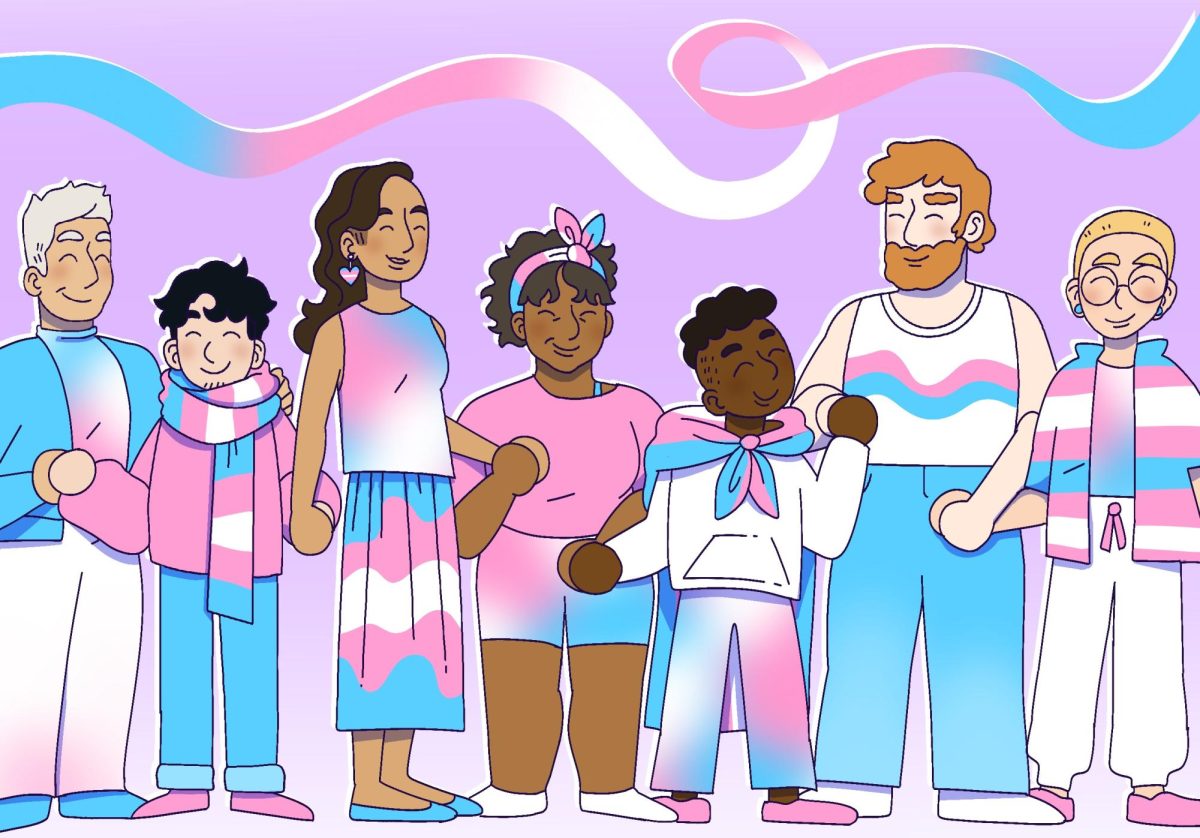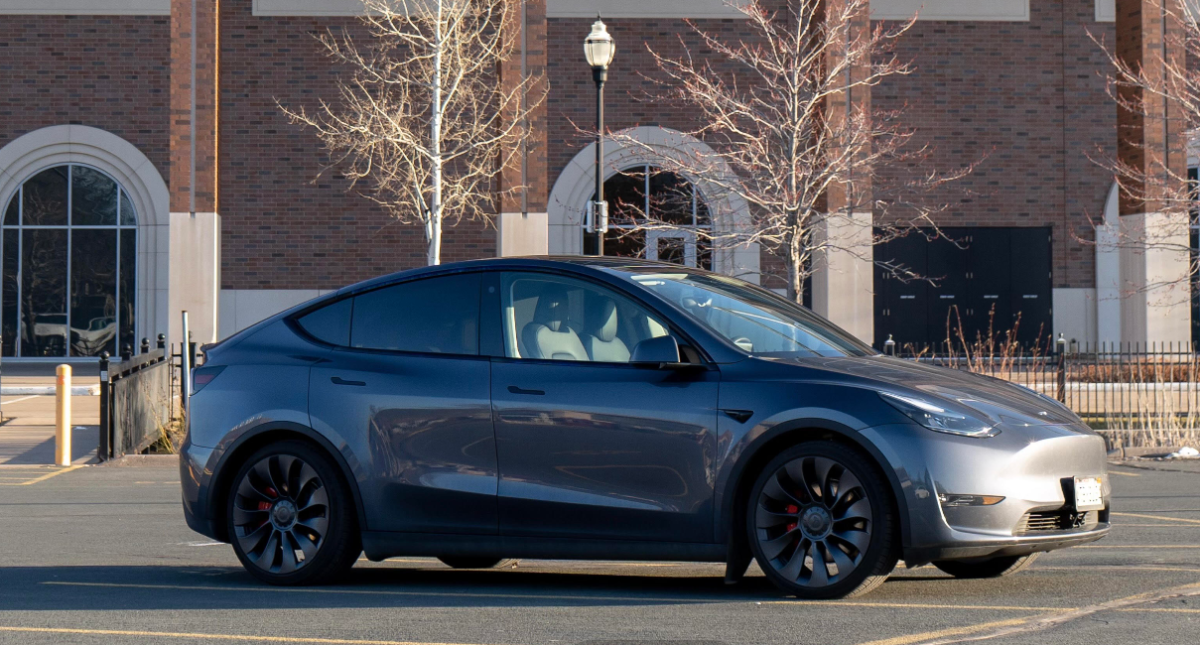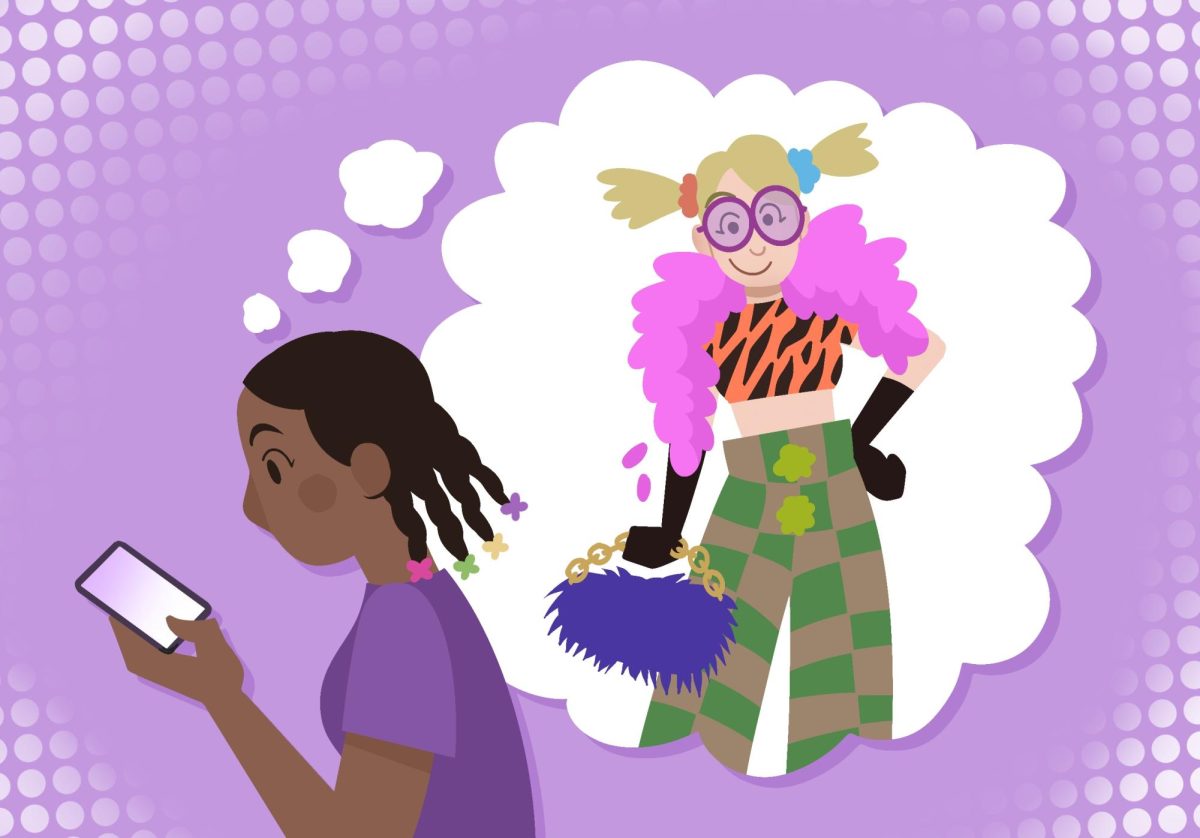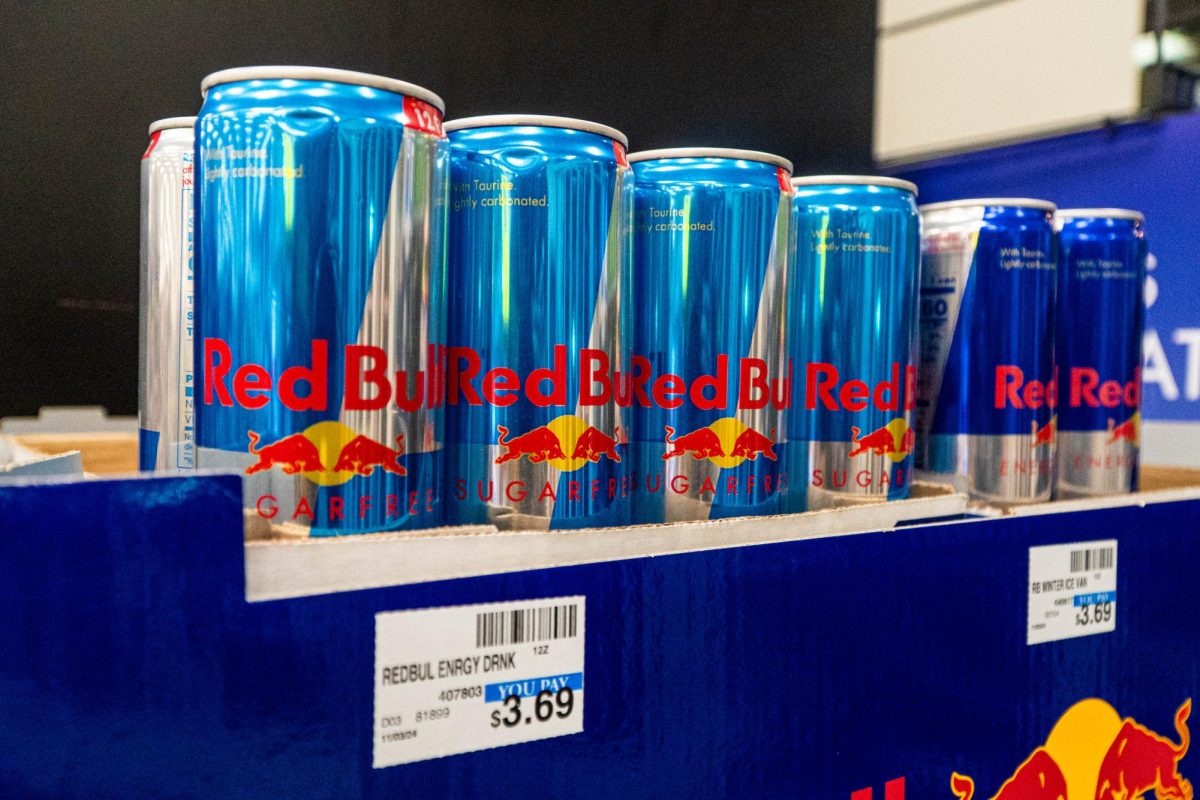Why is it that womanhood is so inextricably linked to consumption?
Recent trends have shown a general shift toward prolonging girlhood and, in some ways, infantilizing women through relentless insistence on the inner child as a psychographic category.
The idea of shopping as an alleviator of stress is nothing new, but the idea of recently popularized inner-child healing as an extension of retail therapy has led to an interesting amalgamation of social media-age adulthood overconsumption and childhood wonder.
After all, who isn’t down for a little retail therapy every now and then?
This has manifested in a multitude of ways from Disney adults, to “Barbie,” to the recent phenomenon of Mini Brands — miniature branded products primarily marketed as doll accessories, now advertised to adult women as collector’s items. We’ve also seen brand collaborations like Strawberry Shortcake x Shein, Hello Kitty x Forever 21, and Sailor Moon x Colourpop, aimed at profiting off childhood nostalgia through consumerism.
Brands have blended makeup, fashion and toy marketing under our noses, appealing and emboldening a more basic instinct to buy.
A big way the internet has amplified consumer culture is through unboxing videos. These videos, usually sponsored by a company, feature an influencer or prominent online figure opening up a package and revealing a product. This has been a popular genre of content for a while now, whether it be toys or collectors’ items.
What’s interesting is this genre is very popular in the cosmetics industry. Beauty influencers often unbox various products in a way not at all dissimilar to toy unboxing.
Shayla Thiel-Stern, a teaching associate professor of strategic communications at the University of Minnesota, said the primary appeal of this content is the positive feeling associated with both the beauty and novelty of the product, as well as the reveal of it.
“It’s really companies,” Thiel-Stern said. “They’re trying to capture an element of delight and surprise by sending influencers these things to unbox and show.”
Unboxing videos are extremely popular with children as 78% of parents report their kids watch them on a regular basis. It’s fascinating that this same technique of advertising has been so prominent in cosmetic marketing as well.
Maybe companies want to appeal to women’s nostalgia for childhood by formatting their marketing this way — making cosmetic consumers, mostly women, revert to a more childlike impulse of wanting the newest, shiniest and prettiest new product.
It’s a common stereotype that women love to shop, and there’s truth to that. Women generally spend more time shopping than men. This makes women more receptive and susceptible to advertising.
When you pair the increased instances of shopping in women with the constant evolution of trend cycles, it makes sense that women feel incentivized to buy more.
The constant feedback loop of societal pressure to shop, and increased instances of shopping, might very well lead to constantly needing to buy the next newest thing, just to keep up with popular opinions and demands of women’s appearances or aesthetic preoccupations.
Adalyn Pederson, a fourth-year student at the University, said in her observation of recent trends that excessive consumerism has been feminized.
“It’s very excessive little attachments,” Pederson said. “Even for a Stanley, you can get little attachments for a Stanley, and it’s very excessive, and it’s very targeted towards women.”
Thiel-Stern said our emulation of girlhood as an ideal is defining a large part of our trend cycle.
We exist in an era that’s preoccupied with girlhood as a concept. This is old news, though. 2023 was deemed the year of the girl. Hyperfeminine styles characterized by shades of pink, bows, ballet flats and Barbie-themed apparel defined women’s fashion.
We’ve seen how money, specifically from the bejeweled skirt pockets of young women, has essentially made the world go round these past couple of years.
Taylor Swift started her landmark Eras Tour in 2023, which capitalizes on the intense nostalgia her music brings to many women. The popular phrase “I’m Just a Girl,” borrowed from No Doubt’s 1995 hit, was used as a catch-all term online to excuse and explain all sorts of behavior, including purchases of all kinds.
This was a total cash cow to the tune of billions of dollars. The Barbie movie grossed $1.4 billion, and Taylor Swift earned almost $2 billion last year.
Brands know there’s an appetite for childhood wish fulfillment, whether through seeing Taylor Swift perform songs from her first few albums, or revisiting one’s childhood obsession with Barbie by buying a new pink outfit and movie tickets.
It’s kind of sad that the brunt of our cultural fascination with girlhood has been expressed through the promotion of products. Our primary outlet for exploring this fascination is through what has been made most readily available to us through advertising and product promotions.
Buying a clip-in bow for your hair is far less expensive than therapy or counseling.
Maybe we’ve been taught to think the inner child is an investment to make through the accumulation of products and goods, rather than a more in-depth evaluation of how our girlhood has affected us on a broader scale.
We should embrace our femininity beyond aesthetics because not all that constitutes femininity, womanhood or girlhood lies in the aesthetic realm.
We’re living in an extremely important time for women in this country.
Roe v. Wade was overturned in 2022, and this decade marks the 100th anniversary of women getting the right to vote. It’s no coincidence that our collective retrospection of girlhood is happening right now.
The reclamation of girly aesthetics is a step in the right direction, but the purchasing of cosmetics, makeup and other consumer products is not a true act of self-discovery or reclamation.
Identity cannot be solely defined or determined by one’s shopping or spending habits. It’s disappointing that the year of the girl in many respects chose style over substance.
Trends fade, but the year of the girl doesn’t have to be over. Hot pink Barbie blush may expire, but our childhood wonder and delight don’t ever have to.














